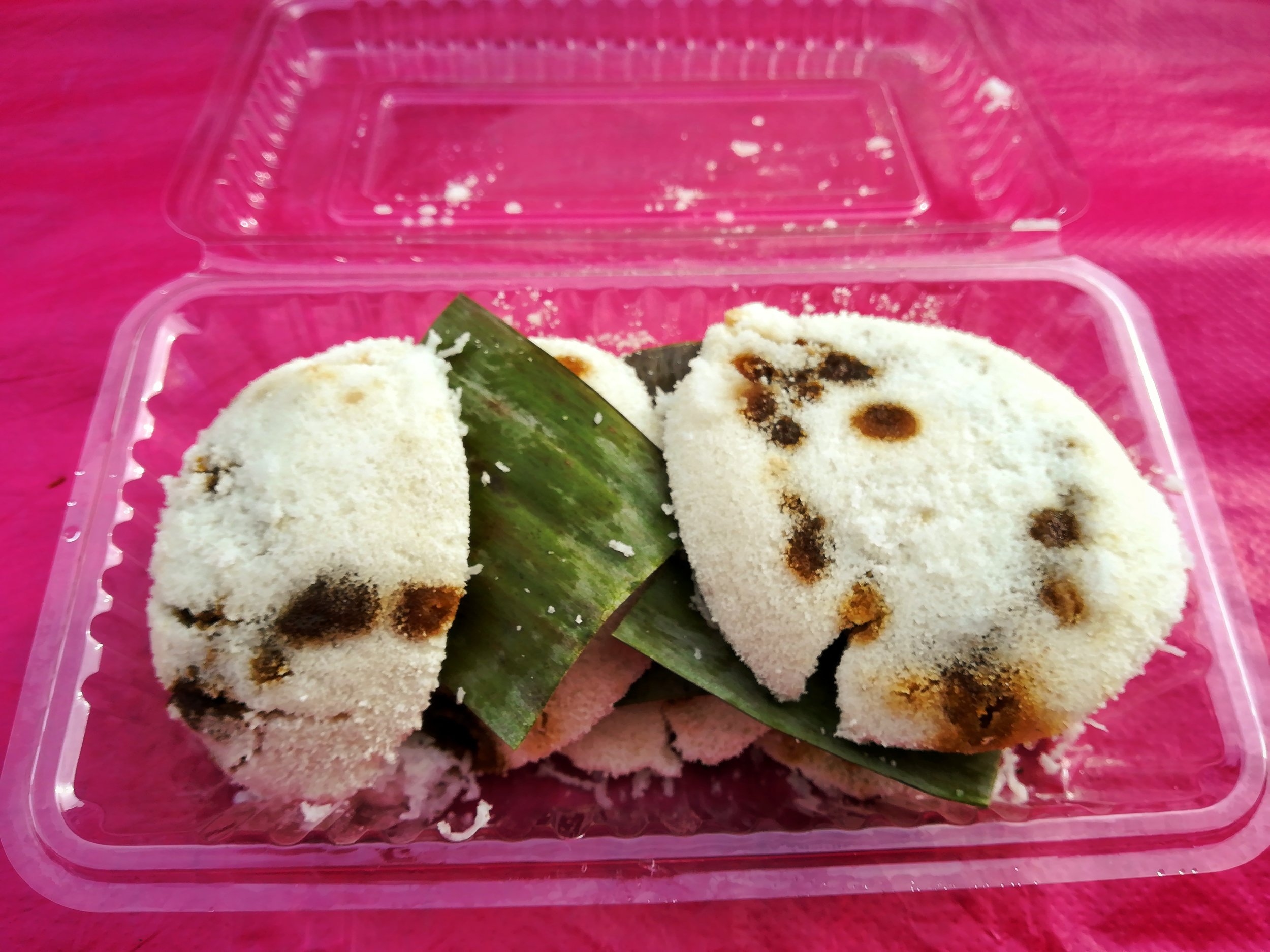The Penang Street Food Festival Part 1: Appetisers
An Appetiser for the Penang International Food Festival
Hey, guys! We had a chance to visit the Penang Street Food Festival this year and try a bunch of different popular Penang food. And by Penang, we mean from all over the island as well as the Penang mainland. There was huge variety of snacks, dishes, desserts and more from different local communities.
The Street Food Festival kicks off the International Food Festival proper. There are quite a few different events happening throughout the month and we recommend checking out the PIFF website for the full schedule.
We've made several different parts to our coverage of the Street Food Festival, and part one is all about local Penang snacks and kuehs. We hope you enjoy reading it and try some of the delicious Penang kuehs!
Malay Kuehs and Snacks!
Malay kuehs and snacks are extremely versatile and can be had for breakfast, tea, and before or after meals. We were really happy to see quite a few selection of Malay and Indo-Malay kueh and snacks on display at the Penang Street Food Festival. Many are really rare these days and can be quite hard to find!
Serabai: A coconut pancake-crepe that is eaten with creamy kaya. If you haven't tried kaya, it's a local egg-coconut spread that is absolutely delicious. The darker serabai on the left is made with palm sugar in the batter, whilst the one one the left has a sour-ish taste that contrasts and compliments the sweet coconut goodness of the kaya.
Cempedak Goreng: Cempedak is in the same genus as Jackfruit, and we love frying it up in batter. Formerly a very popular snack in kampungs (villages), they're actually getting quite hard to find in more urban areas. They're crunchy on the outside, stringy and sweet on the inside. Best eaten hot!
Puttu Piring: The puttu is an Indo-Malay variation of the Indian steamed rice puttu or Sri Lankan "hoppers." Piring means "saucer" and it's obvious how this snack gets its name. Usually served with shredded coconut and brown sugar, the Puttu Piring kicks it up a notch by delivering all the goodness in one compact package.
Chinese Savouries! (and also Snacks)
There was quite a bit of variety when it came to the Chinese snacks as well, but we've chosen three that we thought were some of the most interesting. Penang is mostly ethnic Hokkien, but there's a lot of Teochew and Cantonese food represented here. Many of the snacks go by different names depending on the dialect being spoken, so we'll put down the alternate names where applicable as well.
Bak Chang/Lo Mai Kai or Zongzi: The Bak Chang (which is what we call it in Penang) has a dizzying number of variations in South East Asia. In general, it is steamed glutinous rice wrapped with bamboo or banana leaf. There's usually a filling of roasted or steamed pork, mushrooms and salted egg yolk. The Malays actually have a similar snack that uses glutinous rice but with a filling of palm sugar and shredded coconut. More than likely inspired by Chinese traders and the Straits Chinese community.
Roti Bak Kua or Bak Kwa: Oh, be still my heart. What is this beautiful thing you ask? Well, it is dried and sweetened pork fat. Beautiful, wafer-thin, crunchy morsels of pork fat. Wrapped in a fluffy bun and served with meat floss, an airy omelette or sticky American cheese slices. Is it traditional? No. Is it delicious? Yes.
Kochabi Kueh: Full disclosure. I'd never seen this version of the kueh before the Street Food Festival. The Malays have a similar tasting, crunchy version called the Rempeyek. But this was fluffy and although fried, was definitely not like the wafer-thin Rempeyek. Made with batter and peanuts, the owner said that this was a popular Taiwanese Hokkien dish.






